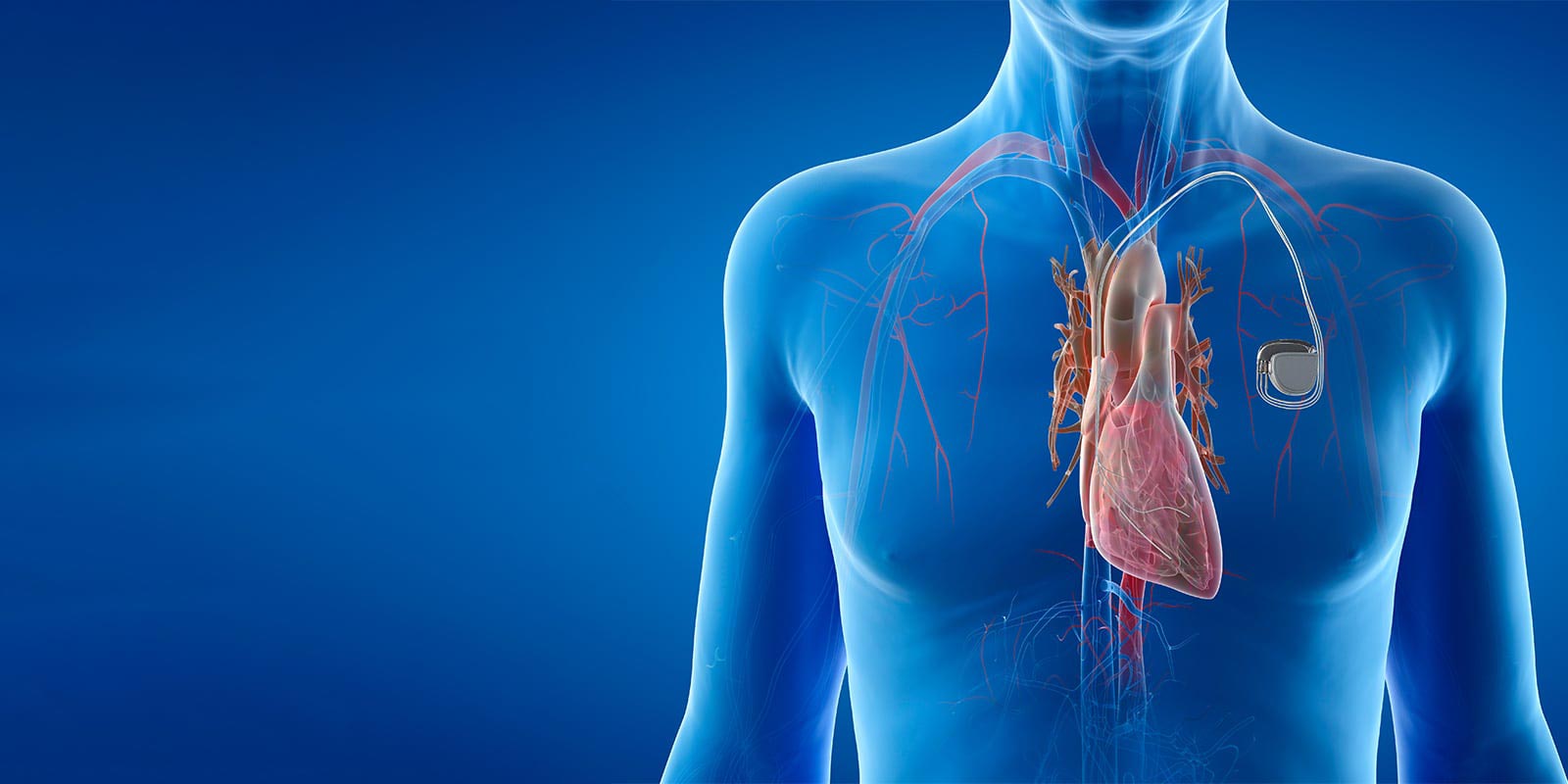
Pacemaker Implantation after Treatment for Atrial Fibrillation
Some treatments for atrial fibrillation - catheter ablation and maze surgery in particular - may result in a heartbeat that is too slow, a condition known as bradycardia. If the heart rate is too low, the heart can’t pump enough oxygen-rich blood to the body and can result in symptoms such as chest pain, dizziness, fatigue and shortness of breath. If the symptoms are severe, your doctor may recommend an implanted pacemaker to help the heart maintain an appropriate rate.
Your heart health is important. Don’t delay care.
Call 216-844-3800 to schedule an in-person or virtual appointment with a UH atrial fibrillation specialist today.What is a Pacemaker?
A pacemaker is a small device implanted in the chest, most often just under the collarbone. The device can sense when the heart rate falls below a certain, pre-programmed level and will automatically send an electrical signal to restore an optimal heart rate.
How is a Pacemaker Implanted?
Pacemaker implantation is generally a minor surgery that may take around 1-2 hours to complete. It is NOT open heart surgery and is typically done in a cardiac catheterization unit or an electrophysiology lab.
You will be awake but lightly sedated during the procedure and your doctor will numb the area where the small incision will be made. Through this incision, wires from the pacemaker will be threaded through a blood vessel into your heart and your doctor will test it to make sure they are in the right place and functioning properly.
The lead or leads are then attached to the pacemaker device which is placed just under the skin through the same incision. Your doctor will close the incision with stitches, staples, or a medical glue (adhesive) and apply a dressing. Once the procedure has been completed, you will be monitored and observed for several hours. Some patients may be discharged the same day, while others may need to spend the night in the hospital so the doctor can make sure the device is working properly.
Self-Care after Pacemaker Implantation
After you have a pacemaker implanted, your doctor will provide you with detail instructions related to:
- Activity limits
- Driving
- Medicines you should be taking
- Any precautions you should follow with your device
- How often you should have follow-up appointments
- How your device will be monitored
- Symptoms you should report to after the procedure
After your pacemaker implantation procedure, you will be given an ID card from the manufacturer that includes information about your specific model of pacemaker and the serial number. The card will also show how the device works. Carry this card with you at all times so that the information is always available to any healthcare provider who may examine or treat you.
Make an Appointment
Your heart health is important. Get expert care.
Call 216-844-3800 to schedule an in-person or virtual appointment with a UH atrial fibrillation specialist today.


